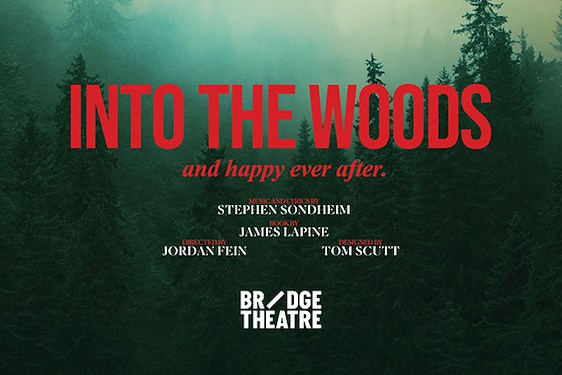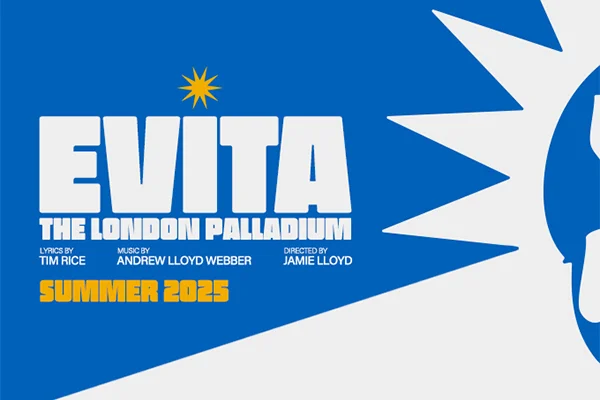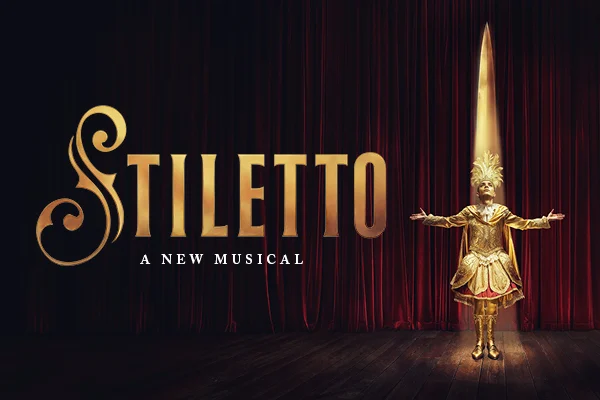Creation Theatre’s The Pit and the Pendulum is an immersive adaption of Edgar Allan Poe’s work of the same title. It is drama that asks you to sit in the dark, wear headphones, and watch as an unnamed woman comes to terms with separation from her family and long–term captivity.
Dehrouyeh is a fantastic talent and her performance is energised.
As a piece of adaptation it is striking and transformative, and makes decent headway in unshackling the story from Poe’s gothic sensation–based soliloquy. But the core story is caught in the very same dichotomic predicament as the nameless captor in Poe’s classic. One way – fully embracing the Poe – leads to the danger of losing modern relevance amid gothic tropes. Setting the play in a modern Iranian dictatorship and using technology available at Omnibus helps mitigate this. The other way – telling a story in which the Poe is a touchstone influence and nothing more – reveals that, without the Poe, there isn’t a larger backstory or textile world on offer. As such, The Pit and the Pendulum oscillates frustratingly. It takes turns holding the source text at arm’s length, and then brings it close – quite literally condemning Poe’s influence in explosive outbursts, then minutes later asking him to manage things as narrator. There is a no man’s land between the artistic source and the creative output which is never resolved.
Poe is not in this play. The voice of Poe is, played by the resonant and powerful Nicholas Osmond – and it is overshadowed by the nameless captive woman, played by Afsaneh Dehrouyeh. One thing that should be made abundantly clear is that Dehrouyeh is a fantastic talent and her performance is energised. She bears the entirety of the show’s mission statement on her back and carries the weight of the task with a herculean ability. Dehrouyeh performs with intense focus and deploys a quick–witted approach to this intertextual artwork which does give it points of nuance and even comedy that take some teasing from a dense and often self-aware script. Writer / director Christopher York has clearly spent time and care with Dehrouyeh devising this character and focusing on pacing and both should be applauded for the end result.
The Pit and the Pendulum positions itself as an immersive experience, a blend of visual and aural stagecraft, and in many respects it really delivers on this. The Omnibus set looks gorgeous. It’s both simple, understated, and striking. Transposing a gothic tale into a dark room offers an obvious colour scheme (black, black, black), and yet this story is commanded by neon pinks and reds. Eva Auster’s video design deserves special mention. Unsettling projections hinge around a repeated motif of father time and unsettling iconography; but more interestingly, we see snapshots of her former life, of a family narrative and family parties that reveals a conflicted and possibly unhappy past. Auster’s design blends with Matt Eaton’s sound design, and in some short video clips, references to youth are blended with the sound of screaming children – in a short film which takes notice of the art style of Marjane Satrapi’s Persepolis, there is something oddly hackles-raising and unsaid in the demeanour of the unnamed woman’s parents.
York’s script is the difficult element in the play. It regularly relies on two jokes that feel self–referential: one, using Star Wars as a reference point to explain the story – at one point, this is perplexing when it happens at a moment which feels like it should embrace tense, dramatic threat. Secondly, Poe and the woman argue a lot over who should narrate. This is important and I’m glad the battle over the text is there, as it squarely tackles the prohibitive legacy and scope of the white dead male who still controls the literary canon. However, the treatment feels offhand and the joke is overused. At other times, the welding and joinery of exposition is clear – there are lines in the script which do not need to be there due to Dehrouyeh’s juggernaut performance.
The Pit and the Pendulum is a creative blend of talent that finds the strong points in a tangled script and runs with them. Dehrouyeh, Auster, and Eaton have all tackled a difficult project with intense creative vision and York’s direction is aware of both the physical and technological requirements of the show.



















